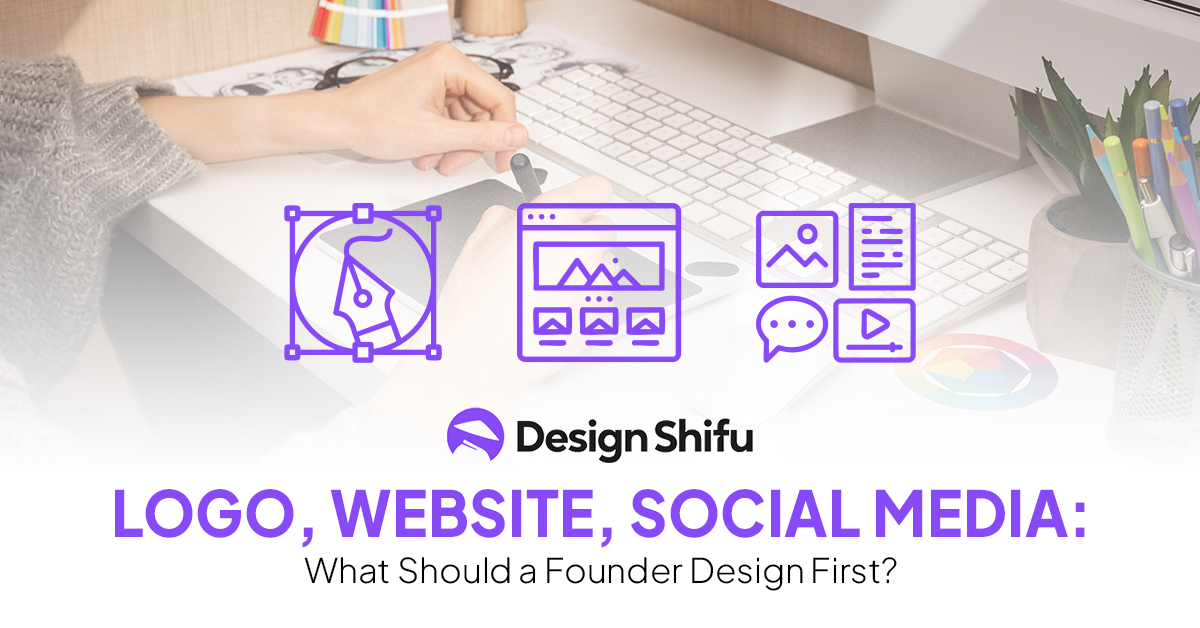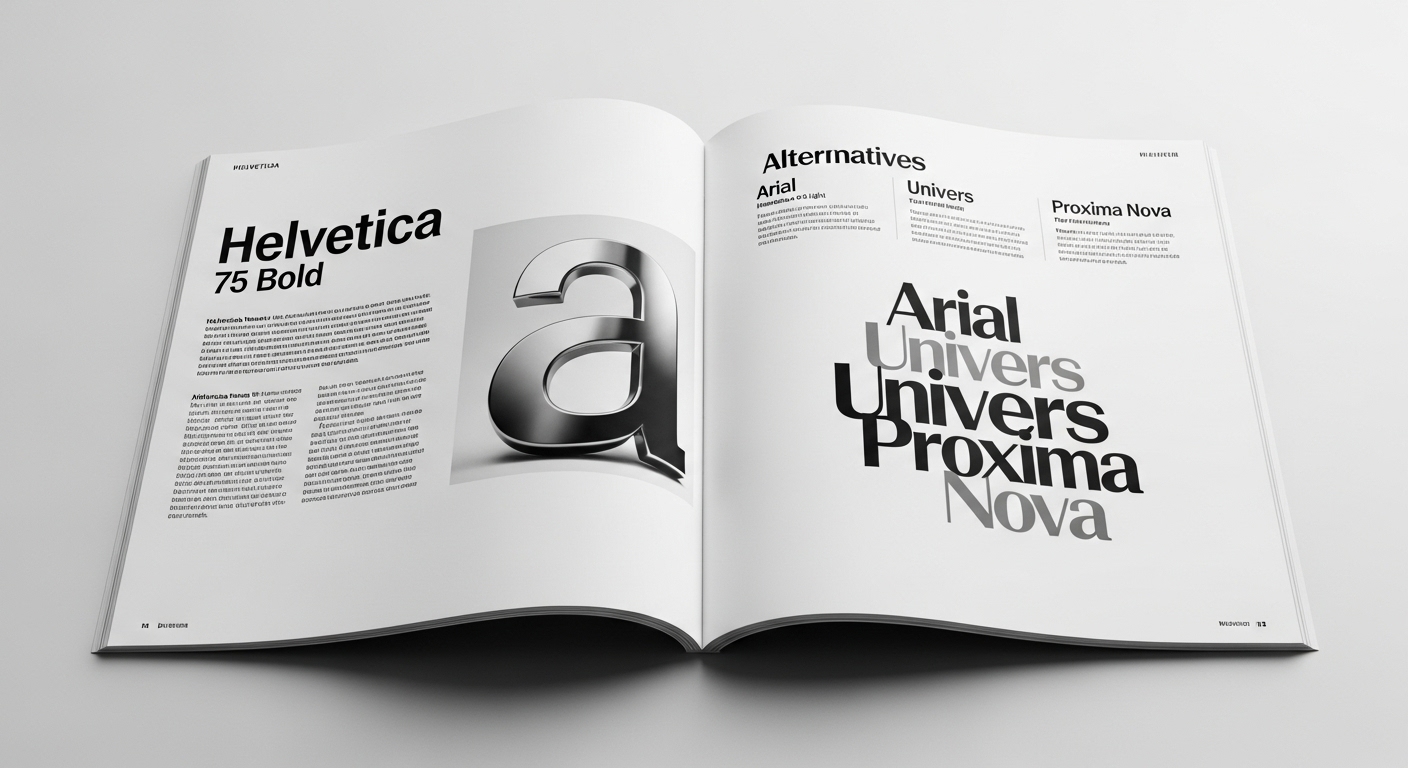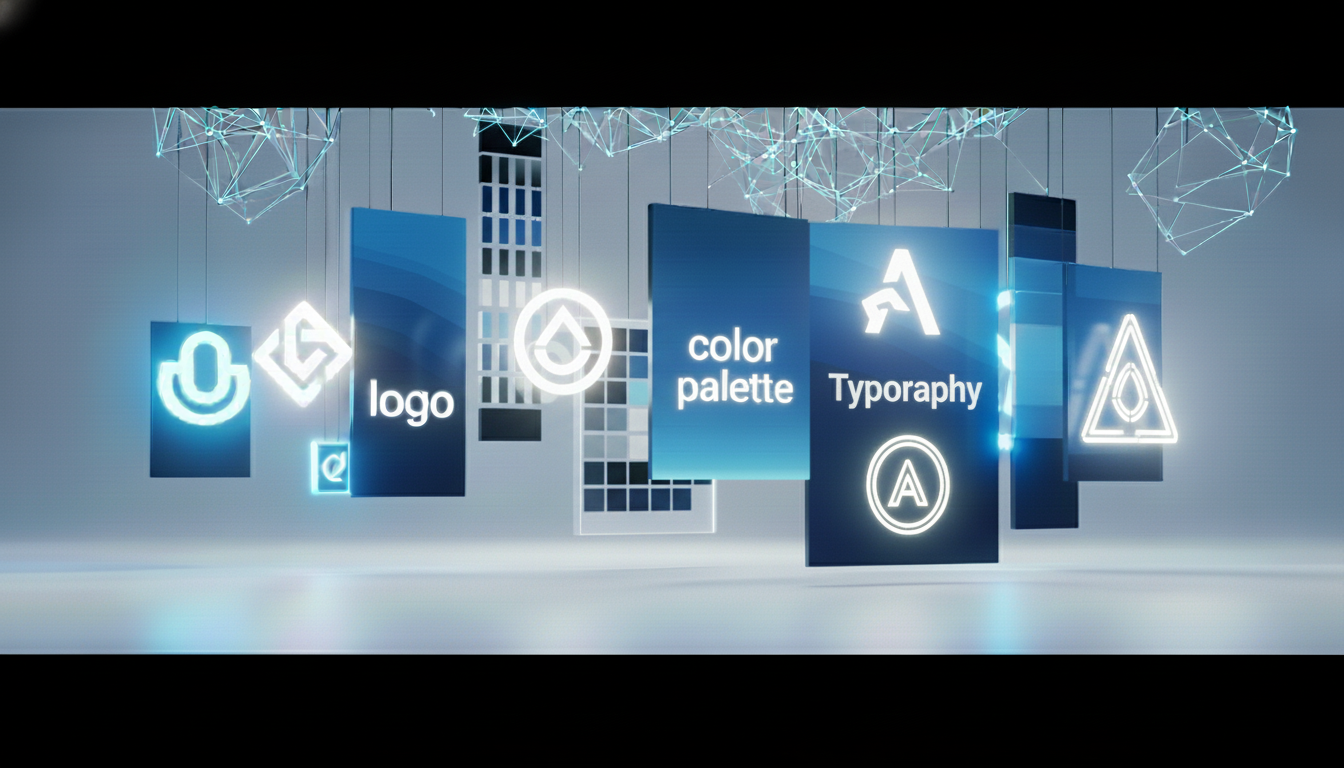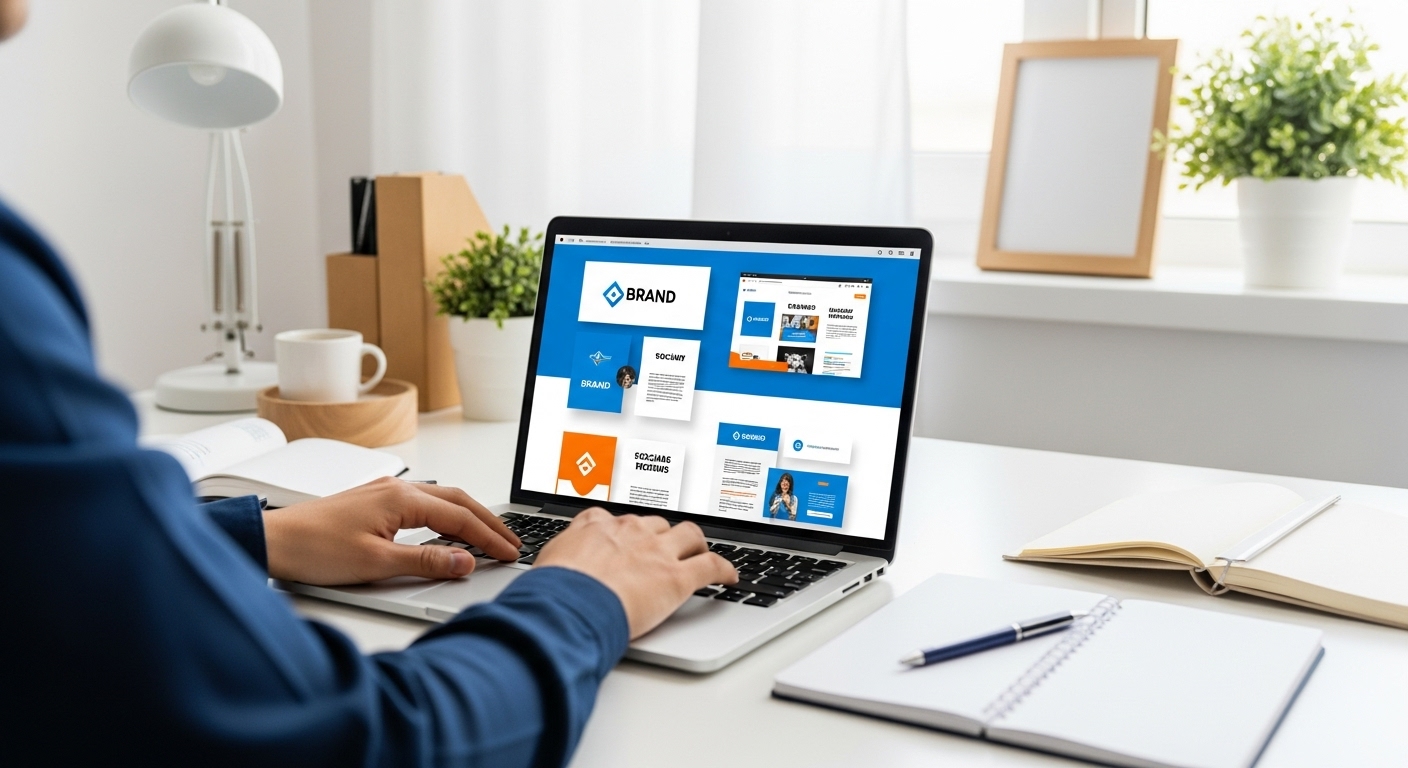Need to launch a brand and don’t know where to begin? and What to design first? Your logo, website, or social media – the first thing you design can set the tone for your entire business path.
Each shapes how your customers perceive and remember your brand. Should you develop a clean website before you’ve got your visual identity sorted? Or launch social media to generate buzz while your brand is still developing?
This guide helps you decide what to prioritize and why it matters
TL;DR
- If you’re starting a business, start with your logo to build brand identity.
- Then build a website for credibility and long-term presence.
- Finally, use social media to engage and grow your audience.
- Align design priorities with your goals, resources, and audience.
Why Prioritizing Design Matters for Founders
Every founder wants their business to make a memorable first impression. However, with limited time and budget, you can’t tackle everything at once. Knowing where to start ensures your effort supports business goals and brand clarity
A well-thought-out design strategy enhances credibility, attracts customers, and drives conversions. Let’s break down the three pillars logo, website, and social media to determine the best starting point.
Getting the order right saves time, avoids rework, and builds momentum
The Case for Beginning with a Logo
Your logo is the face of your brand. It’s the visual identifier that customers recognize with your company on all platforms. Here’s why starting with a logo is a good idea:
- Establishes Brand Identity: A logo communicates your brand’s essence in a single visual.
- Versatility Across Platforms: Regardless of whether it’s on business cards, websites, or social media, a logo guarantees consistency.
- Creates Trust: An expert logo establishes credibility, compelling clients to have a go with your business.
A logo alone does not bring traffic and sales, however. It’s a building block, not the full plan. If budget supports, combine logo design with an additional component in order to project the greatest impact.
Why a Website Might Be the Priority
A website is your digital storefront, often the first place potential customers go to learn about your business. Here’s why founders might prioritize what to design first by starting with a website:
- Central Hub for Information: A website provides a single source for your products, services, and contact details.
- Visibility and Credibility: SEO helps customers find you, while a well-built site builds trust.
- Control Over Branding: Unlike social media, you own your website, giving you full control over design and messaging.
On the flip side, websites require time, technical skills, and ongoing maintenance. If you’re not ready to invest, a website might not be the first step. A simple, functional site outperforms a perfect site that launches too late
Build a professional site effortlessly using platforms like Squarespace, which offers templates, hosting, and customization all in one
The Potential of Social Media as a Launching Point
Social media gives you low-cost, direct access to early customers. sites such as Instagram, X, or LinkedIn. Here’s why entrepreneurs may prefer social media as what to develop first:
- Low Entry Bar: Establishing profiles does not require any cost, and design platforms such as Canva facilitate easy creation of images.
- Direct Consumer Interaction: Social media enables direct interaction with customers in real-time, creating a connection with your audience.
- Viral Potential: Compelling posts can rapidly go viral and increase brand visibility.
Social media, however, is not permanent like a website or single-shot impactful like a logo. It is also prone to changes in algorithms, which restricts reach.
It’s a fast way to validate demand or build pre-launch hype, but it’s not your foundation.
Use intuitive design tools like Canva to quickly create branded social media graphics, even without a design background
What to Design First: A Strategic Approach
Therefore, what to design first? It all depends on your business model, audience, and goals.
Use this roadmap to align your design priorities with your business model
Assess Your Goals
- Are you concerned about brand recognition? Begin with a logo.
- Need a platform to display products or services? Put a website first.
- Want to create a community or test market fit? Start with social media.
Understand Your Audience
- B2B startups usually prefer a professional site to build credibility.
- Consumer brand businesses can pick up the pace using social media.
Assess Resources
- Budget constraint? Social media is inexpensive.
- Time to spend on quality? A logo or website provides long-term value.
Develop a Timeline
- Week 1–2: Finalize logo
- Week 3–5: Launch basic website
- Week 6+: Start posting branded content on social media
By using this method, you make sure every design aspect complements the one before it, and thus forms a unifying brand experience.
Common Pitfalls to Avoid
When choosing what to design first, founders tend to fall into pitfalls that cost time and money. Steer clear of these:
- Rushing the Logo: A bad logo can damage your brand’s image. Spend money on a professional designer or spend time perfecting it.
- Neglecting Website SEO: A stunning website is pointless if it doesn’t appear on Google. Optimize for keywords such as what to design first” right from the beginning.
- Erratic Social Media: Inconsistent visuals confuse your audience and erode credibility. Use a posted schedule and template designs.
- Avoid skipping feedback. Early design reviews save time and improve output.
How to Execute Your Design Strategy
Once you’ve chosen what to design first, follow these actionable steps to bring your vision to life:
- For Logo Design:
- Hire a graphic designer or use tools like Looka or Hatchful.
- Prioritize versatility, clarity, and emotional alignment
- Test your logo across mediums (print, digital, merchandise).
- Pro tip: Review across mobile and desktop before finalizing
- For Website Development:
- Use platforms like Wix, Squarespace, or WordPress for ease.
- Include essential pages: Home, About, Services/Products, Contact.
- Optimize for mobile and integrate SEO best practices.
- Pro tip: Review across mobile and desktop before finalizing
- For Social Media Setup:
- Choose platforms where your audience is active (e.g., Instagram for visuals, LinkedIn for B2B).
- Create a content calendar with branded posts.
- Use analytics to track engagement and refine your strategy.
- Pro tip: Review across mobile and desktop before finalizing
Balancing Speed, Quality, and Budget
Founders often face the dilemma of balancing speed, quality, and cost when deciding what to design first. Here’s how to strike the right balance:
Speed:
- Social media launches fastest but often requires ongoing attention to scale
Quality
- Invest in a high-quality logo or website for lasting impact. Social media can start with DIY designs but should evolve.
Budget
- Allocate funds based on ROI. Evaluate which design task drives revenue or awareness soonest.
Startup Design Checklist
- Defined branding goals (identity, traffic, engagement)
- Created a professional logo that works across formats
- Built a basic, SEO-optimized website
- Launched active social media profiles with branded templates
- Aligned content schedule with product/service timeline
Conclusion
Choosing what to create first—logo, website, or social media lays the groundwork for your startup’s success. A logo creates brand identity, a website builds credibility, and social media generates engagement.
By evaluating your goals, audience, and resources, you can plan effectively and steer clear of pitfalls. Start with a logo to define your identity. Add a website to create authority. Use social media to engage and scale
With a strategic methodology, your design work will fuel business growth and brand awareness.Get the order right, and you won’t just look like a brand you’ll grow like one
FAQs
1. What should a founder design first: logo, website, or social media?
The choice depends on your goals. A logo is ideal for brand identity, a website for credibility, and social media for engagement. Assess your audience and resources to decide.
2. Why is a logo important for a startup?
3. How does a website benefit a new business?
4. Can social media take the place of a website for a startup?
5. How much should a founder allocate for design?
6. What are the common pitfalls of designing for a startup?





